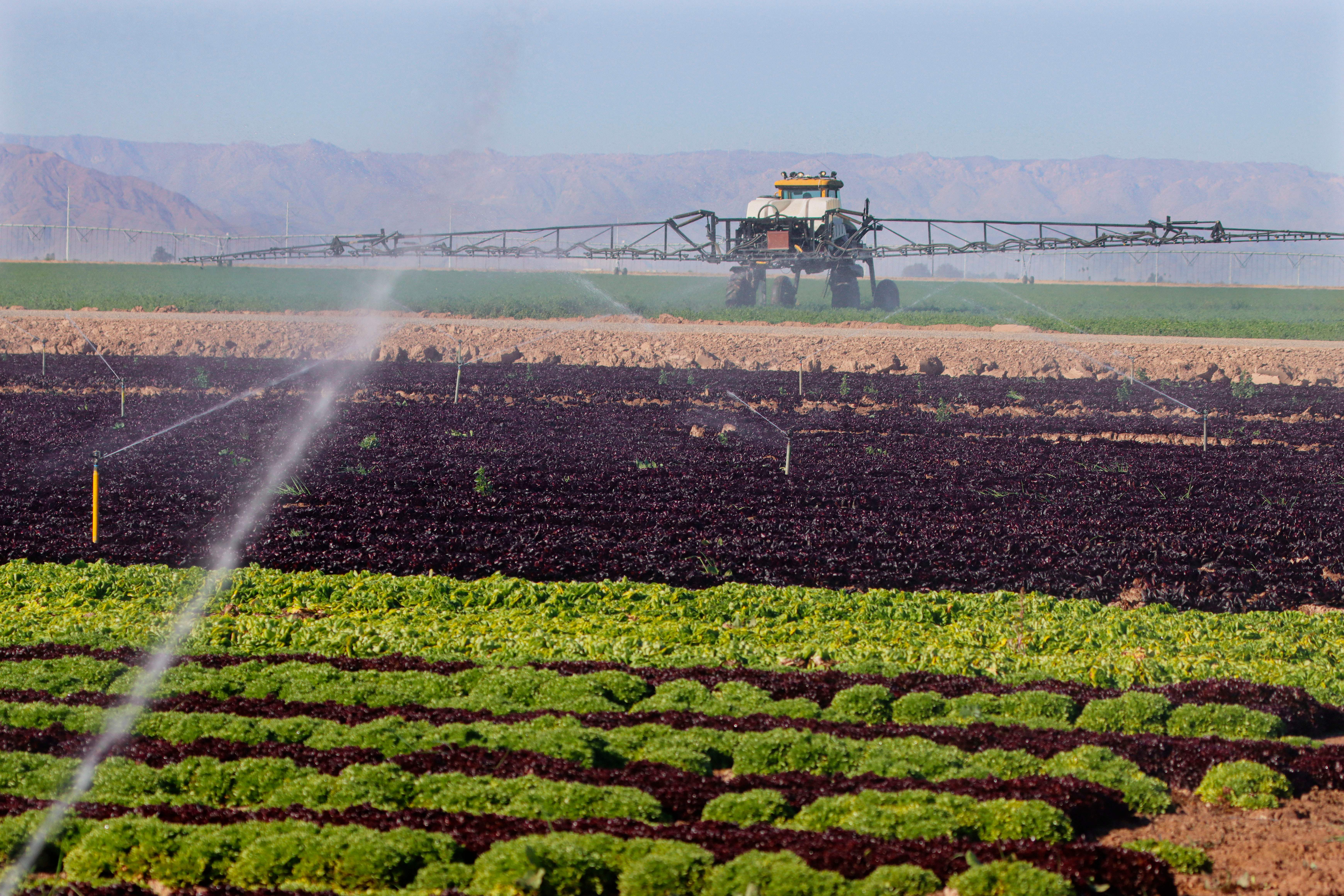California Can Slake the Thirst of Its Farms by Storing Water Underground
California Can Slake the Thirst of Its…

California Can Slake the Thirst of Its Farms by Storing Water Underground
In California, where water scarcity is a perennial issue, one innovative solution being explored is storing water underground. By capturing excess water during wet periods and storing it in underground aquifers, the state can better manage its water resources and ensure a steady supply for agricultural needs.
This approach not only helps recharge depleted aquifers but also reduces reliance on surface water sources that are vulnerable to drought and climate change. By storing water underground, farmers can access a reliable and sustainable water supply, even during dry periods.
Studies have shown that underground water storage can be a cost-effective and efficient way to manage water resources in California. By strategically recharging aquifers and tapping into stored water when needed, farmers can reduce the risk of water shortages and increase crop yields.
Furthermore, underground water storage has the added benefit of improving overall water quality by filtering out contaminants before it reaches the aquifer. This can help mitigate the impact of agricultural runoff and other sources of water pollution.
California has already made strides in implementing underground water storage projects, such as the Groundwater Replenishment System in Orange County. With further investment and support, the state can expand these initiatives and make significant progress in ensuring water security for its agricultural sector.
By harnessing the power of underground water storage, California can slake the thirst of its farms and ensure a sustainable future for agriculture in the state.





